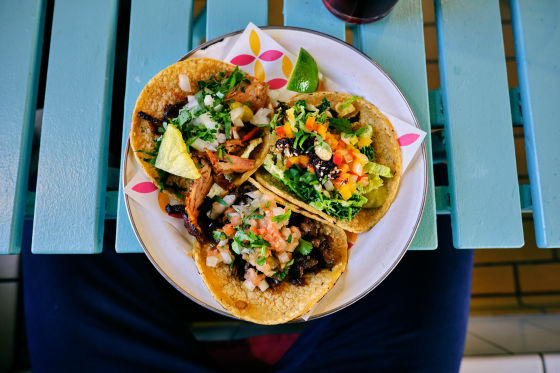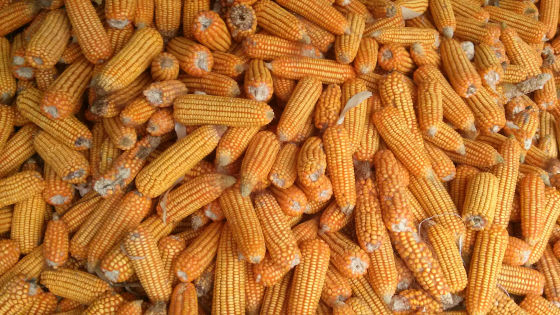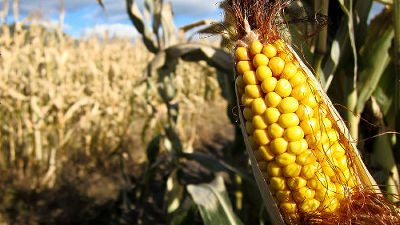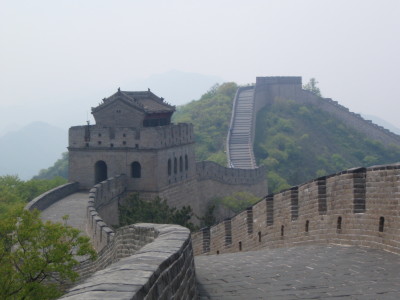Corn-centric life led civilization to the end

by
It has been shown that the price of beer may rise or taste worse due to climate change, and it is believed that climate change also affects people's eating habits. Researchers at the University of Northern Arizona, who were investigating how past civilizations were affected by climate change, may now have “upper class corn preferences” as a contributing factor to the collapse of the Mayan civilization. I showed you.
Current Anthropology: Ahead of Print The Role of Diet in Resilience and Vulnerability to Climate Change among Early Agricultural Communities in the Maya Lowlands |
https://www.journals.uchicago.edu/doi/10.1086/704530
Maize-centric diet may have contributed to ancient Maya collapse
https://phys.org/news/2019-07-maize-centric-diet-contributed-ancient-maya.html
This study investigates 50 bodies buried in Kal Petri , one of the remains of the Mayan civilization. As the anthropologist Claire Ebert et al. Of Northern Arizona University investigated the time when Cal Peci's body was buried by AMS method of radiocarbon dating , the body was from the middle of the pre-classical period (750 BC to 400 BC) It turned out to be during the late classical period (800-850 BC).
In addition, Ebert measured carbon and nitrogen isotope ratios of collagen contained in the bones of human bodies at the Human Paleoecology and Isotope Geochemistry Laboratory at Penn State University, and was able to I examined how life changed with the passage of time. The results showed that the proportion of C4 plants such as corn in the diet was increasing.

by
During the pre-classical and early classical periods, the upper class and the commoner had a diverse diet, including non-corn plants and animals from hunting. There was a complex social system consisting of diverse diets, so it was possible to outweigh the crisis by eating other things even when corn farming was hit by drought.
However, in the late classical period when the class society developed and the population increased, agriculture was intensified and it came to rely on corn as a food source. At this time, it has also been found that carbon values differ between people in the urban center where the upper class lives and people around the city. The upper-class carbon and nitrogen isotope patterns are extremely limited, 'consistent with the fact that they were specialized in corn-based meals until the end of the Mayan civilization,' said Ebert. The upper class has ordered the commoners to increase corn production, and as a result of reliance on corn that is vulnerable to drought, Ebert sees that the social system can not withstand the late-classical drought.

by Jayson Roy
'The agricultural environment has been strengthened and the environment has deteriorated with the food preference of the whole society, and the population increase has made the social system at that time a system that is less flexible and resilient. In the past, the society has recovered Understanding what the power-enhancing factor was would be useful in the event of a sudden, dramatic change in our interconnected times, 'Ebert said. As of 2019, many agriculture is expected to be affected by climate change, and learning from the decline of past civilizations should be frequent.
Related Posts:
in Note, Posted by darkhorse_log







